Welcoming a furry feline into your home can be a heartwarming experience, filled with purrs, cuddles, and playful antics. However, adopting a cat also brings financial responsibilities that can sometimes catch new pet owners off guard. It’s easy to get swept up in the excitement of bringing a new pet home, but understanding the potential financial pitfalls can save you both money and stress in the long run. Let’s explore some common financial mistakes pet owners make when adopting a cat and how to avoid them.
Underestimating Initial Adoption Costs
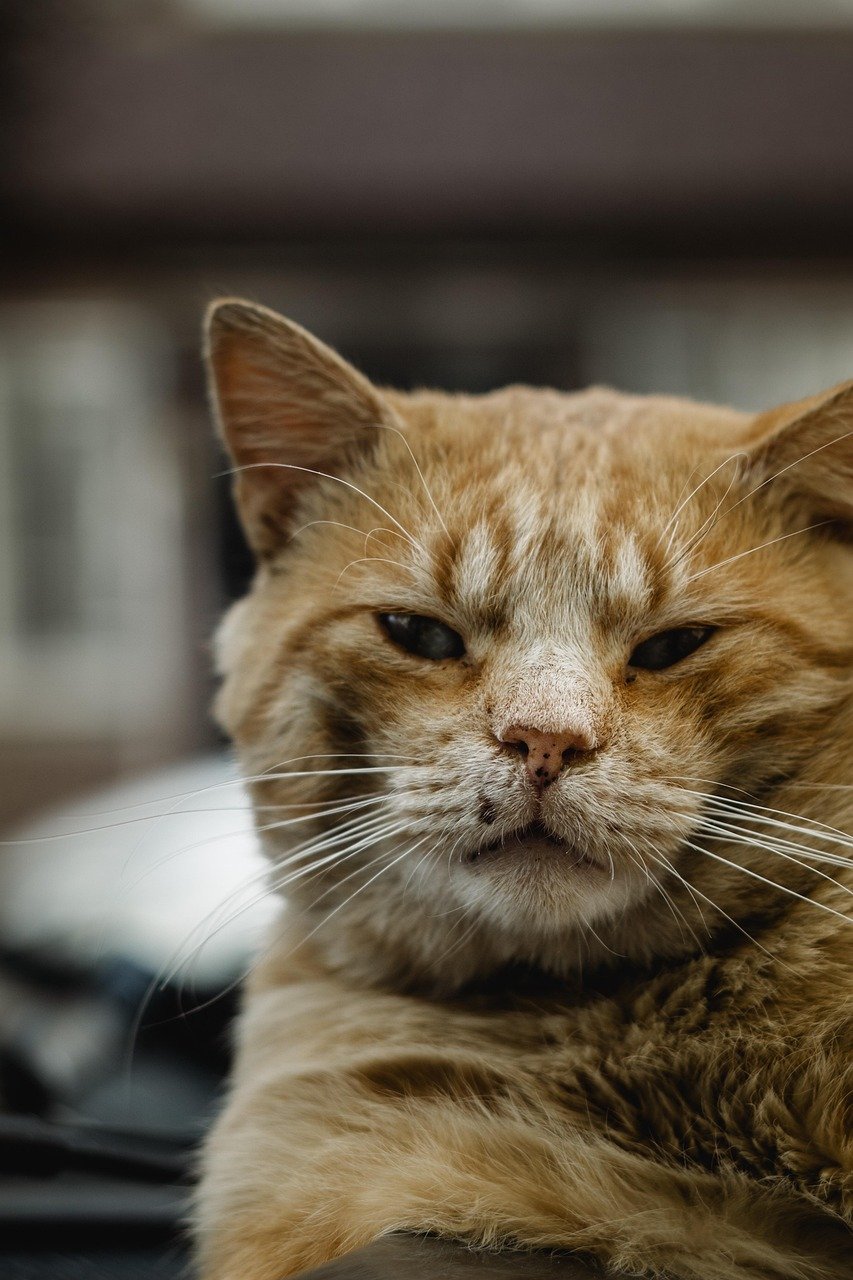
Many new cat owners are surprised by the initial expenses involved in adopting a cat. While adoption fees vary, they often include vaccinations, spaying or neutering, and microchipping. It’s essential to consider these costs when budgeting for your new pet. Think of this as the first step in a long-term investment, much like buying a new appliance or gadget. Ensure you have a clear understanding of what’s included in the adoption fee and what additional expenses you may incur.
Ignoring Routine Veterinary Care
Cats, like humans, require regular check-ups to maintain their health. Skipping routine veterinary care is a common mistake that can lead to costly medical bills down the road. Regular vet visits should be factored into your budget from the start. Much like how we schedule our yearly medical check-ups, cats need regular health screenings to catch potential issues early. Preventive care can save you from expensive treatments in the future.
Overlooking the Cost of Food
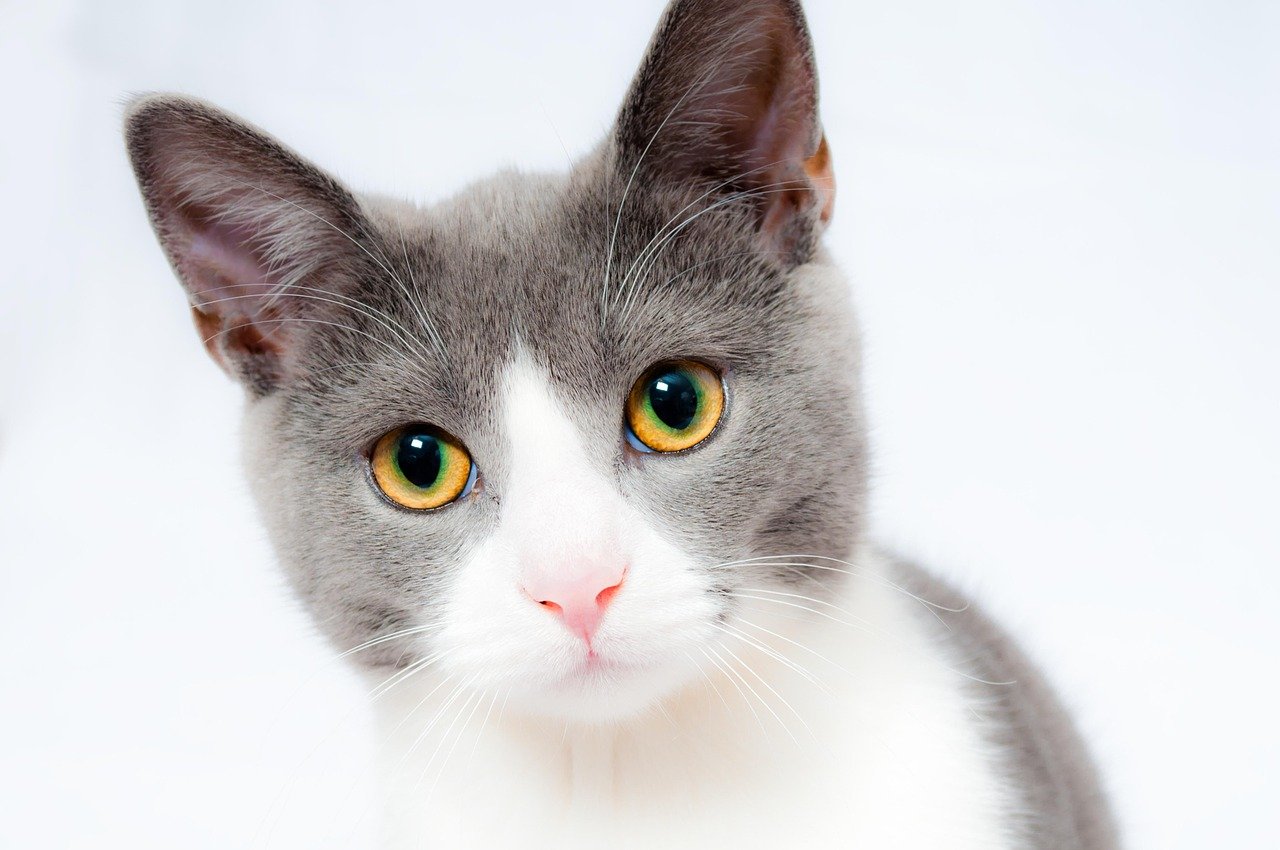
Feeding your cat is not just about grabbing any bag of kibble off the shelf. The quality of food you choose has a direct impact on your cat’s health and longevity. Premium cat food might seem expensive, but it can prevent health issues related to poor nutrition. Consider it an investment in your cat’s well-being, similar to how we choose healthier food options for ourselves to prevent health issues.
Forgetting About Litter and Supplies

Beyond food, cats require other supplies like litter, litter boxes, toys, and scratching posts. These costs can add up quickly if not accounted for in your budget. Litter alone can be a recurring expense that many new pet owners underestimate. Think of it like maintaining a small garden; regular upkeep and supplies are necessary for a healthy environment. Make sure to include these essentials in your financial planning.
Neglecting to Plan for Emergencies
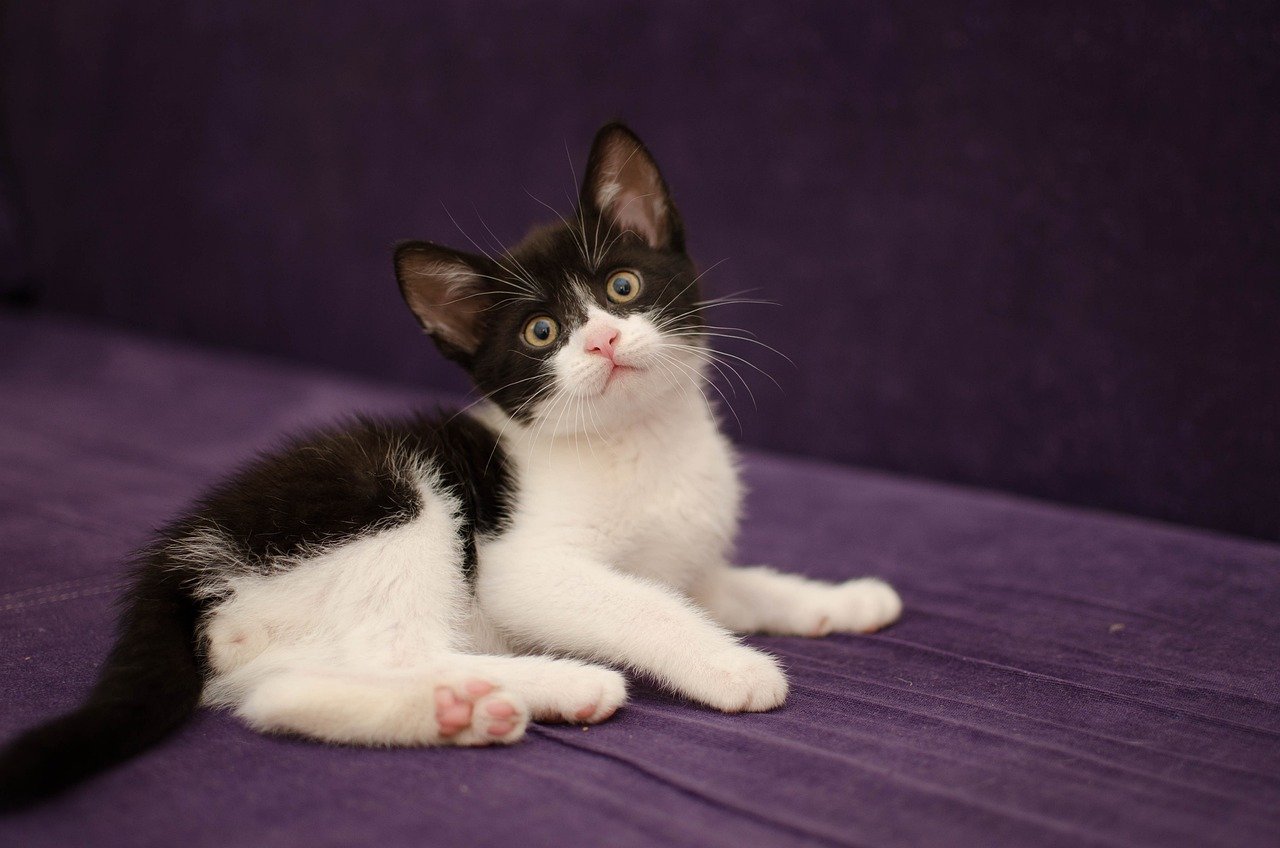
Emergencies are unpredictable, and having a financial safety net for your cat is crucial. Whether it’s an unexpected illness or an accident, veterinary emergencies can be costly. Setting aside funds for emergencies can provide peace of mind and ensure that you’re prepared for any situation. It’s akin to having an emergency fund for unexpected car repairs or home maintenance.
Not Considering Pet Insurance
Pet insurance is often overlooked by new cat owners but can be a lifesaver in reducing unexpected veterinary expenses. While it may seem like an unnecessary cost, pet insurance can cover a significant portion of treatment costs, making it a wise financial decision. It’s similar to health insurance for humans, providing a safety net that can alleviate financial stress during medical emergencies.
Assuming Cats Are Low-Maintenance
There’s a common misconception that cats are low-maintenance pets, leading some owners to underestimate the time and money required for their care. While cats are generally independent, they still require attention, stimulation, and proper care. This misunderstanding can lead to neglecting their needs, resulting in behavioral or health issues. Think of it as maintaining a well-functioning machine; regular care and attention are necessary to prevent breakdowns.
Overlooking the Lifespan Costs
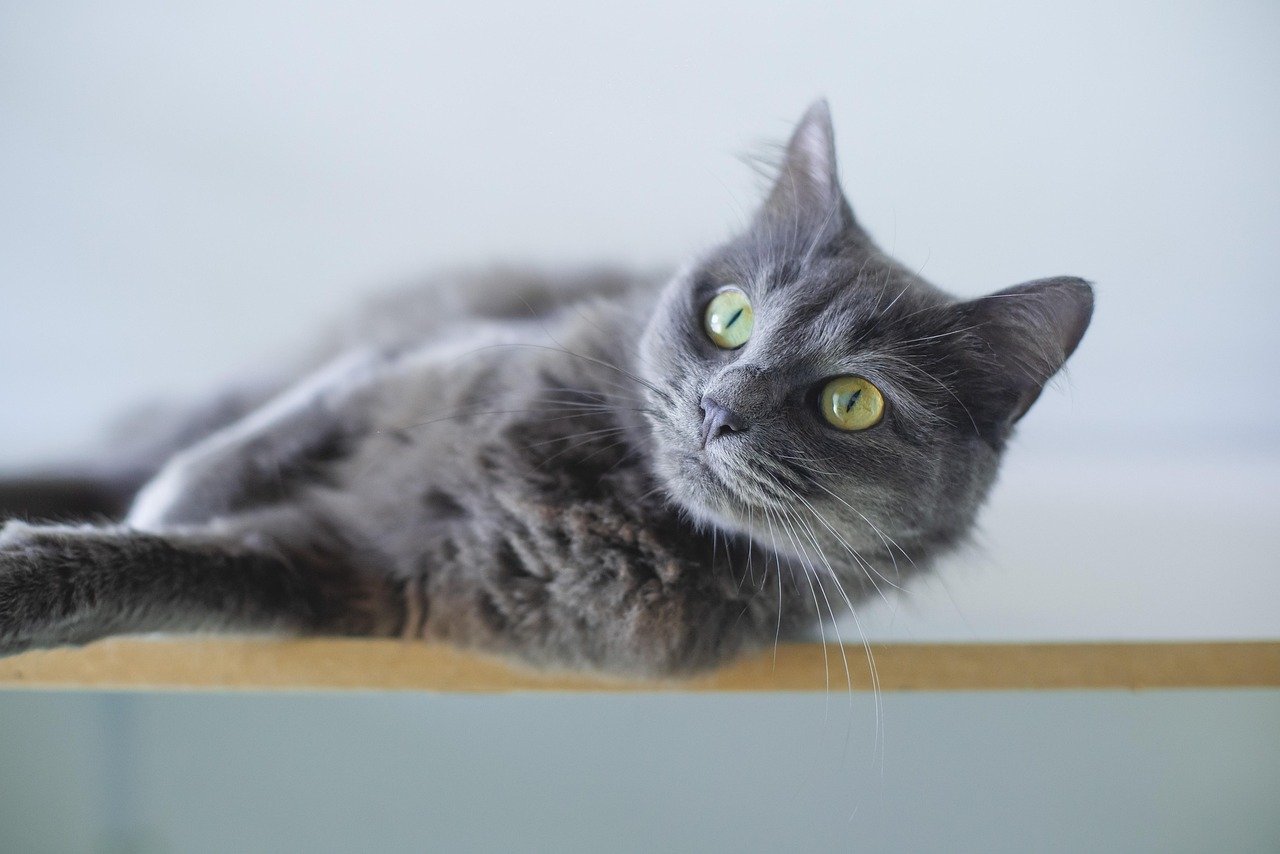
Cats can live up to 15 years or more, and it’s crucial to consider the long-term costs of their care. From food and supplies to veterinary care, these expenses are ongoing and should be factored into your financial planning. It’s like planning for a long-term project; understanding the full scope and timeline is essential for success. Ensure you’re prepared for the lifelong commitment of owning a cat.
Neglecting Grooming Needs
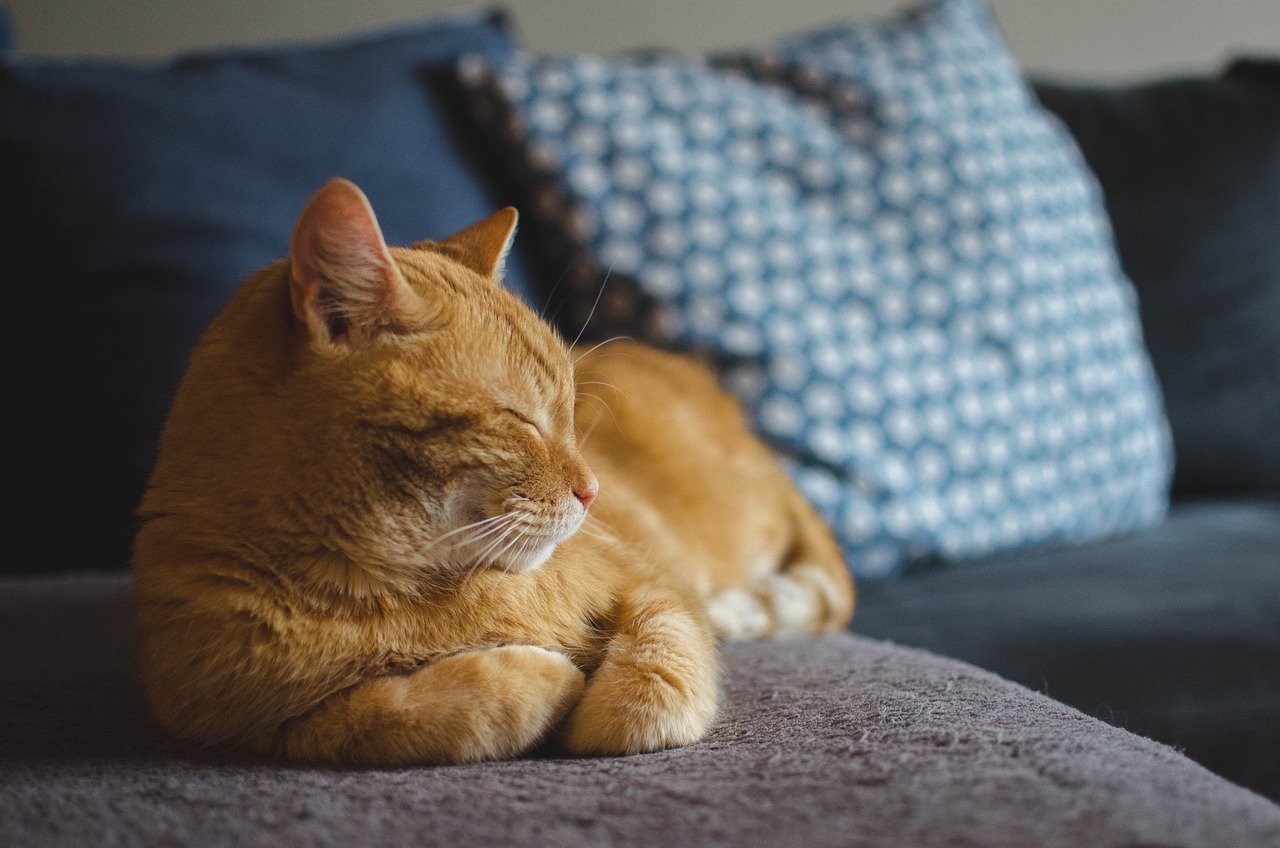
While cats are known for grooming themselves, they still require regular grooming from their owners, especially long-haired breeds. Neglecting grooming can lead to health issues like matting or hairballs, resulting in unexpected vet visits. Investing in grooming tools and dedicating time to regular grooming can prevent these problems. Consider it akin to maintaining your car; regular cleaning and care prevent bigger issues down the road.
Failure to Budget for Training and Behavior Support
Behavioral issues can arise in cats, especially if they’re not provided with proper stimulation or socialization. Investing in training or behavior support can prevent destructive behaviors that may lead to costly repairs or replacements. It’s like taking a course to improve a skill; the initial investment can prevent future challenges and ensure a harmonious relationship with your pet.
Overlooking the Cost of Boarding or Pet Sitting

If you travel frequently or work long hours, you’ll need to consider the cost of boarding or hiring a pet sitter. These services can add up, especially if needed regularly. It’s like planning for a vacation; the cost of accommodation and logistics should be part of your overall budget. Ensure you have a plan in place for your cat’s care during your absence.
Ignoring the Importance of Toys and Enrichment
Cats require mental and physical stimulation to stay healthy and happy. Neglecting to provide toys and enrichment activities can lead to boredom and behavioral issues. Investing in a variety of toys and interactive activities can prevent these problems and keep your cat engaged. It’s similar to how we engage in hobbies to maintain our mental health; regular stimulation is essential for well-being.
Underestimating the Cost of Flea and Tick Prevention
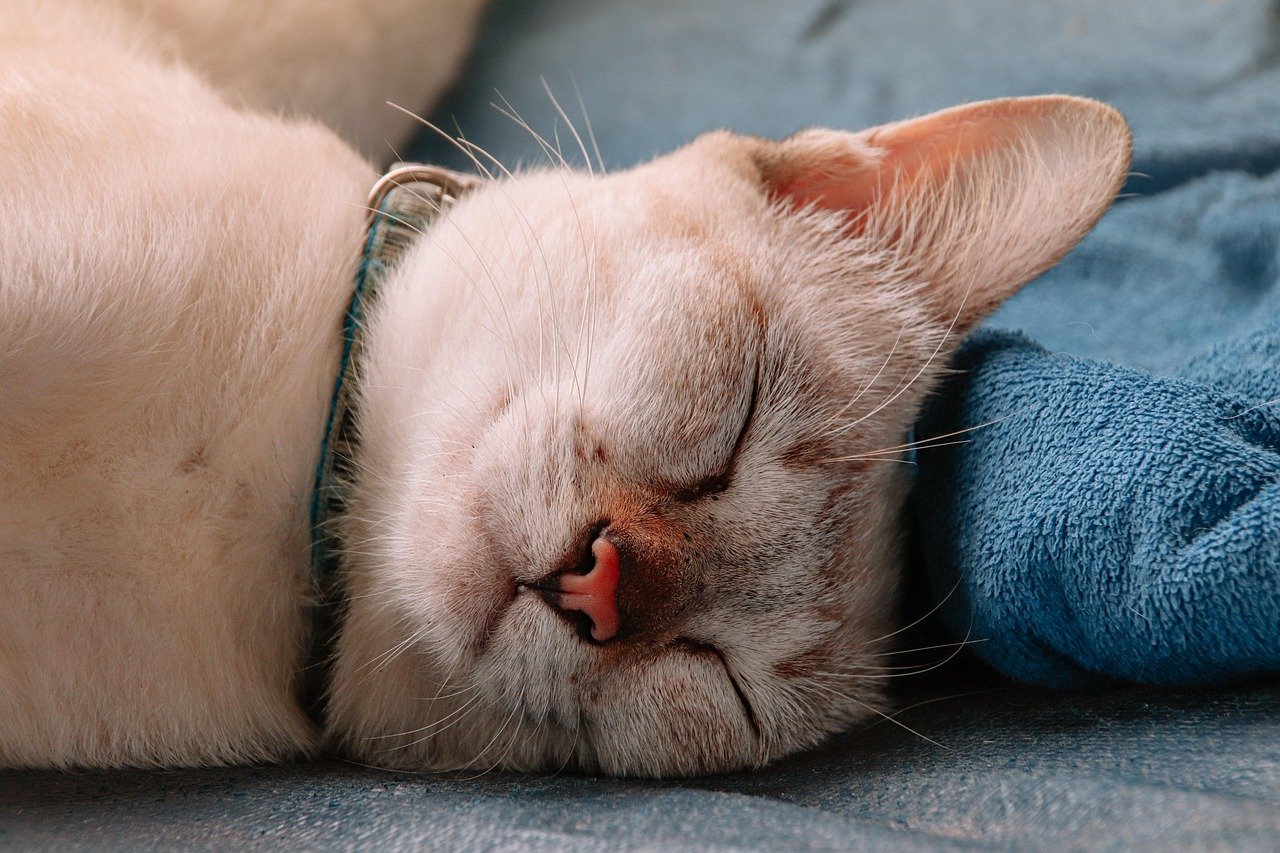
Parasite prevention is a crucial aspect of cat care that is often overlooked. Flea and tick prevention treatments are necessary to protect your cat from infestations and related health issues. These treatments should be part of your regular pet care routine, much like how we use sunscreen to prevent skin damage. Budget for these treatments to avoid costly health issues in the future.
Not Accounting for Potential Allergies
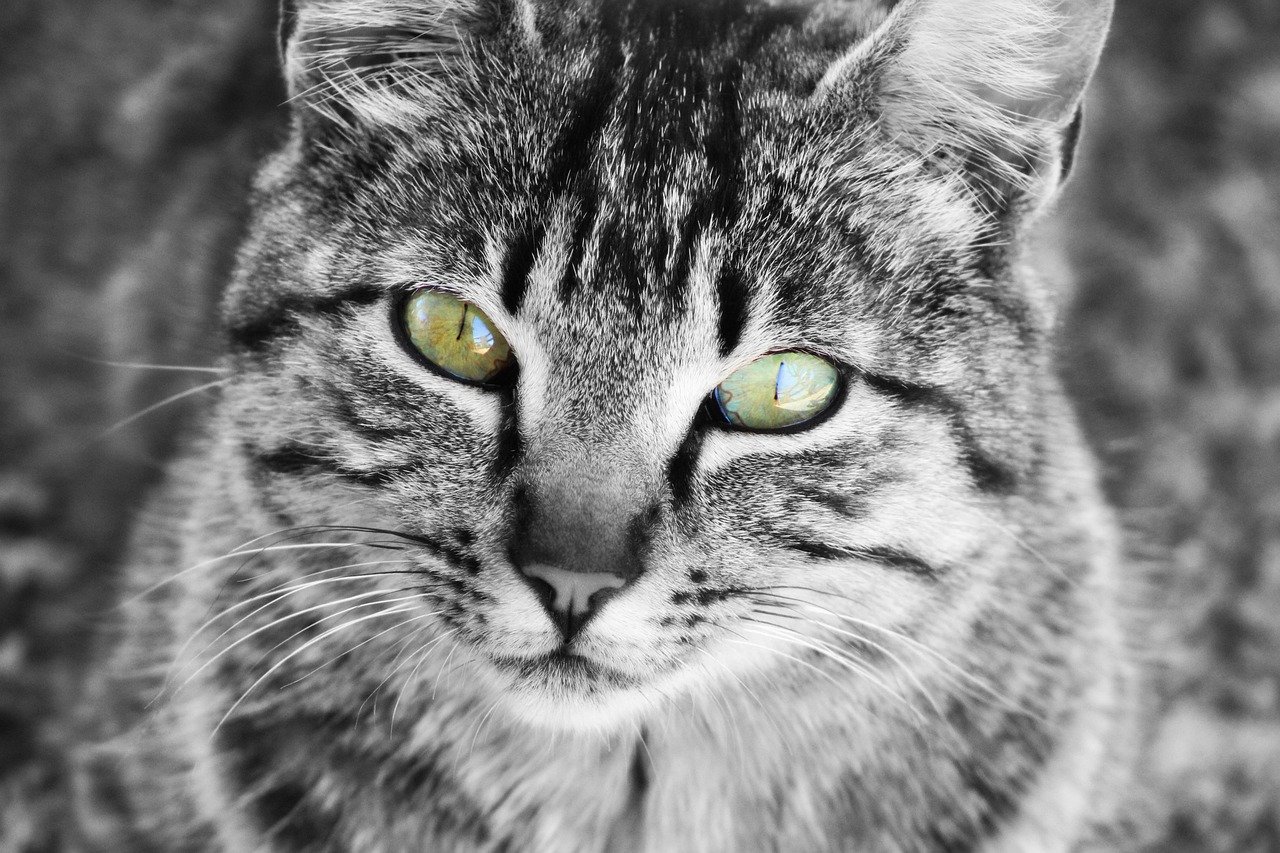
Some cats may develop allergies to certain foods, requiring special diets or treatments. These can be more expensive than regular cat food, so it’s important to be prepared for this possibility. It’s like discovering a food allergy in yourself; adjustments are necessary to maintain health and comfort. Ensure you have flexibility in your budget to accommodate any dietary changes.
Neglecting to Research Breed-Specific Needs
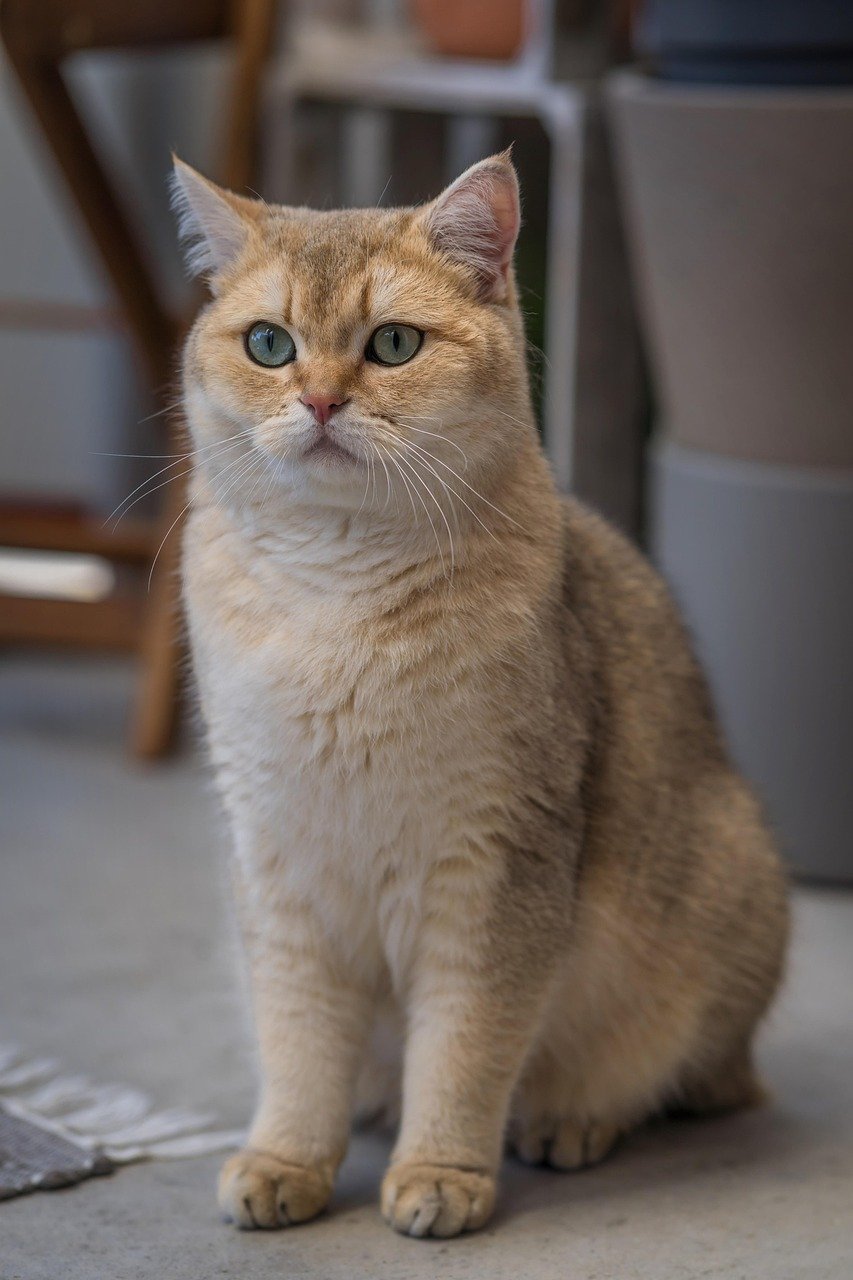
Different cat breeds have unique needs that can impact the cost of their care. Researching breed-specific requirements can help you prepare for any additional expenses. Think of it like researching the specific needs of a plant before adding it to your garden; understanding its requirements ensures it thrives. Be informed about your chosen breed to provide the best care possible.
Assuming Indoor Cats Are Immune to Health Issues

While indoor cats are protected from certain dangers, they’re not immune to health issues. Regular health screenings and preventive care are essential, regardless of whether your cat is indoors or outdoors. It’s similar to how we maintain our health through regular check-ups, even if we lead a healthy lifestyle. Ensure your cat receives the necessary care to prevent health problems.
Underestimating the Impact of Age-Related Costs
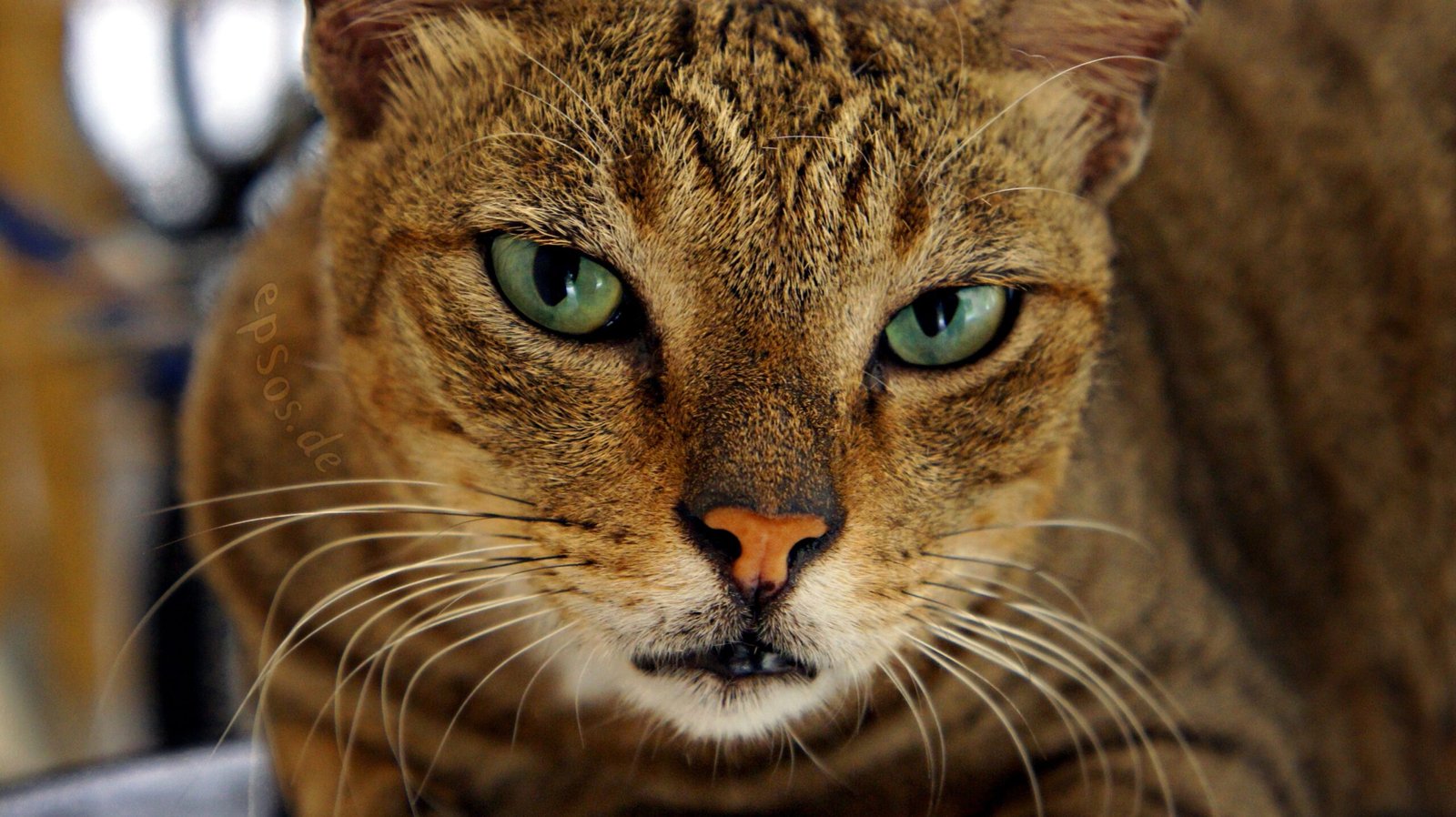
As cats age, they may require special diets, supplements, or medications. These age-related costs can add up, so it’s important to plan for them in advance. It’s like planning for retirement; anticipating future needs ensures you’re prepared for any changes. Consider the potential costs of caring for an aging cat when budgeting for your pet’s care.
Failing to Prepare for Moving Expenses
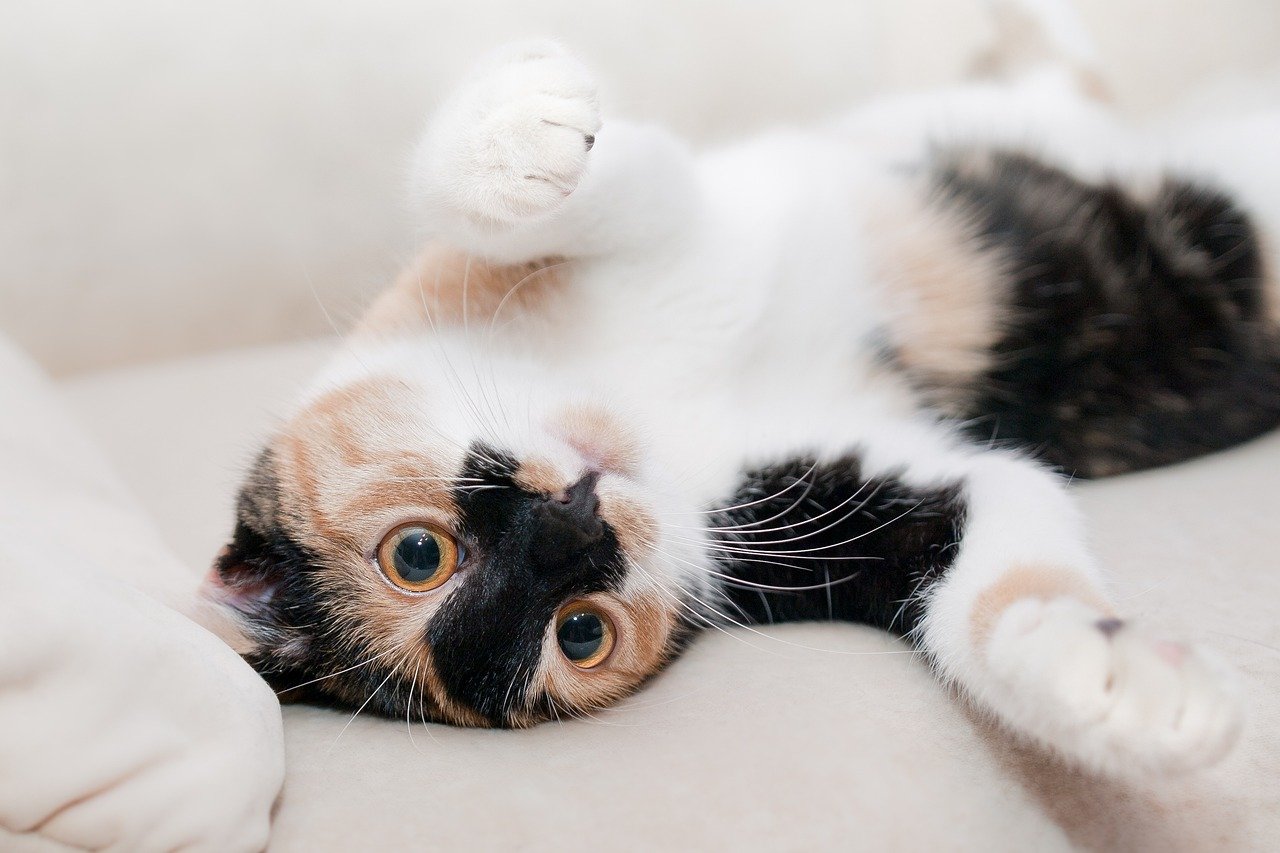
If you move frequently, consider the costs associated with relocating your cat. Transportation, temporary housing, and adjustments to a new environment can be challenging for both you and your cat. It’s like planning a road trip; careful preparation ensures a smooth journey. Factor in these potential expenses when planning for your cat’s care.
Overlooking the Importance of Socialization
Socialization is crucial for a cat’s development and well-being. Neglecting this aspect can lead to behavioral issues that require professional intervention. Investing in socialization and training from an early age can prevent these problems. It’s like learning a new skill; early investment leads to long-term benefits. Ensure your cat receives the necessary socialization to thrive.
Failing to Plan for End-of-Life Care
While it’s a difficult topic, planning for end-of-life care is an important aspect of pet ownership. Veterinary care, cremation, or burial costs should be considered in advance. It’s like creating a will; preparation ensures peace of mind during challenging times. Ensure you have a plan in place for your cat’s final days to provide them with comfort and dignity.
Hi, I’m Bola, a passionate writer and creative strategist with a knack for crafting compelling content that educates, inspires, and connects. Over the years, I’ve honed my skills across various writing fields, including content creation, copywriting, online course development, and video scriptwriting.
When I’m not at my desk, you’ll find me exploring new ideas, reading books, or brainstorming creative ways to solve challenges. I believe that words have the power to transform, and I’m here to help you leverage that power for success.
Thanks for stopping by, Keep coming to this website to checkout new articles form me. You’d always love it!






